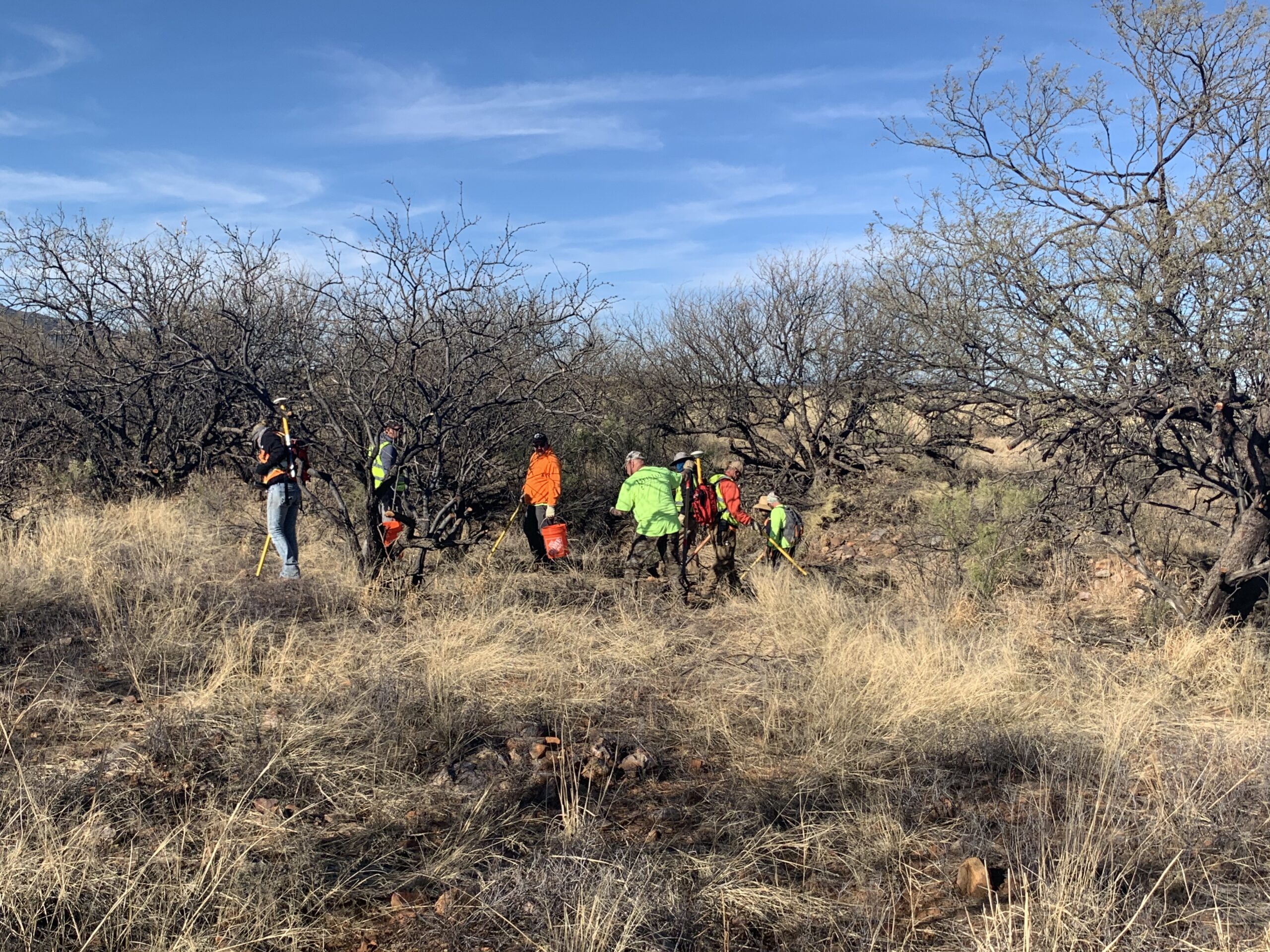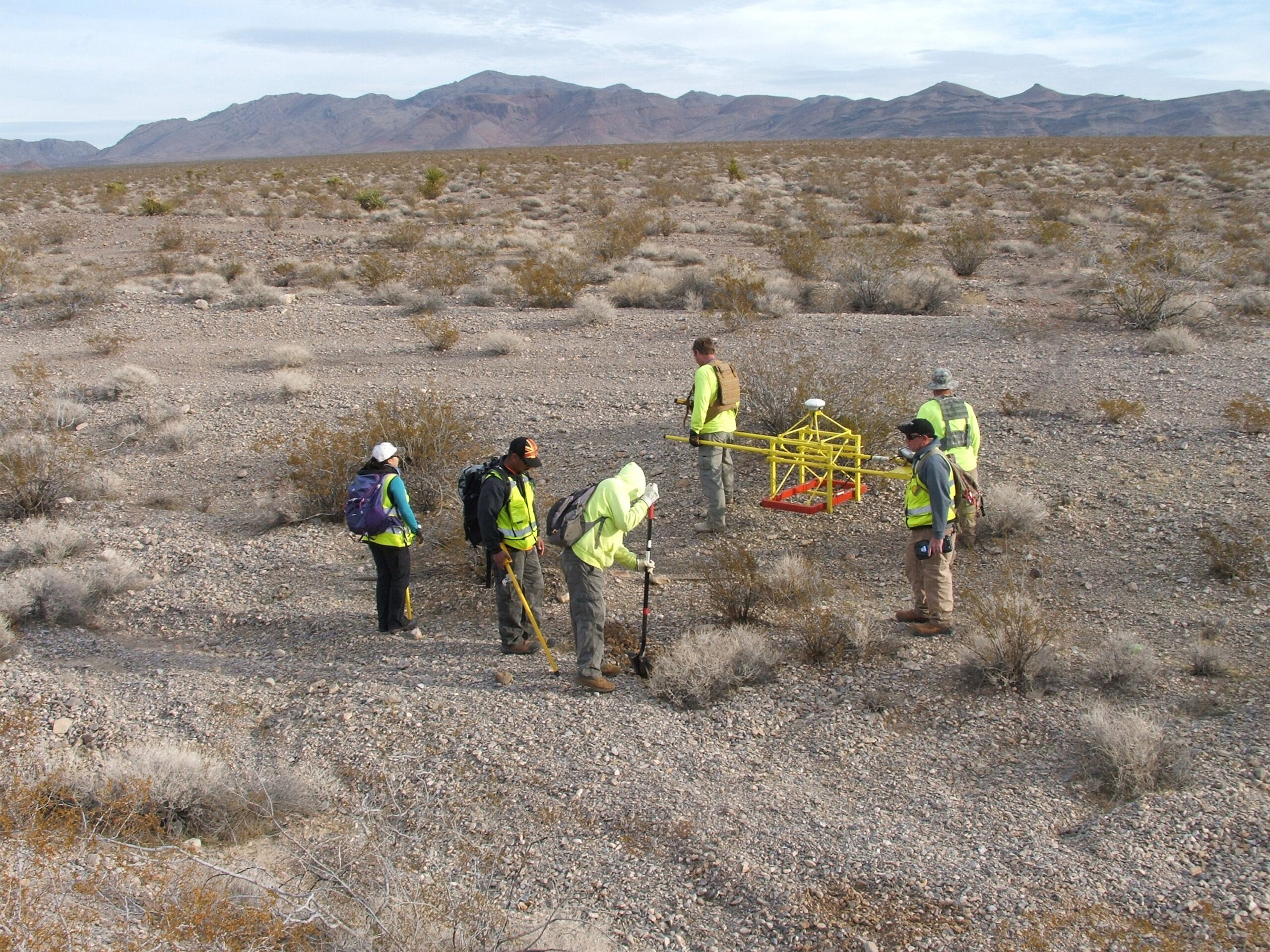US Army Corps of Engineers (USACE) Los Angeles District, awarded Bristol this time critical removal action (TCRA) as a task order under the Indefinite Delivery Contract for Munitions and Environmental Remediation Services (ERS) in connection with U.S. Department of Defense (DoD) Installation ERS and Range Maintenance/Services for USACE projects to eliminate the potential for an adverse human encounter with explosives of concern (MEC) and discarded military munitions (DMM) during current and reasonably anticipated future uses of the Fort Huachuca Former Practice Landmine and Booby-Trap Training Area. The site is located on Fort Huachuca, in Cochise County, Arizona, and was identified as the area of concern based on historical use and because the site is adjacent to land currently used by Fort Huachuca base. The 100-acre project site lies entirely within Area 15, which is designated as “Mines and Booby-Trap Training Range” from a historical 1955 map.
A geophysical investigation and subsurface clearance were performed over 100 percent of the 100-acre site in order to mitigate the imminent threat to human health posed by the potential presence of MEC. All investigation areas within the site boundary were completely investigated down to 12 inches below ground surface (bgs). The results included the discovery of unexploded ordnance (UXO), and munitions debris (MD). The UXO was successfully disposed of by detonation in January 2020. The MD was certified as material documented safe and transported to a recycler.
At the conclusion of TCRA, Bristol coordinated with USACE to develop a site-specific final report (SSFR) that documented the results of the surface and subsurface clearance of MEC and provided additional data for any potential future investigations.


